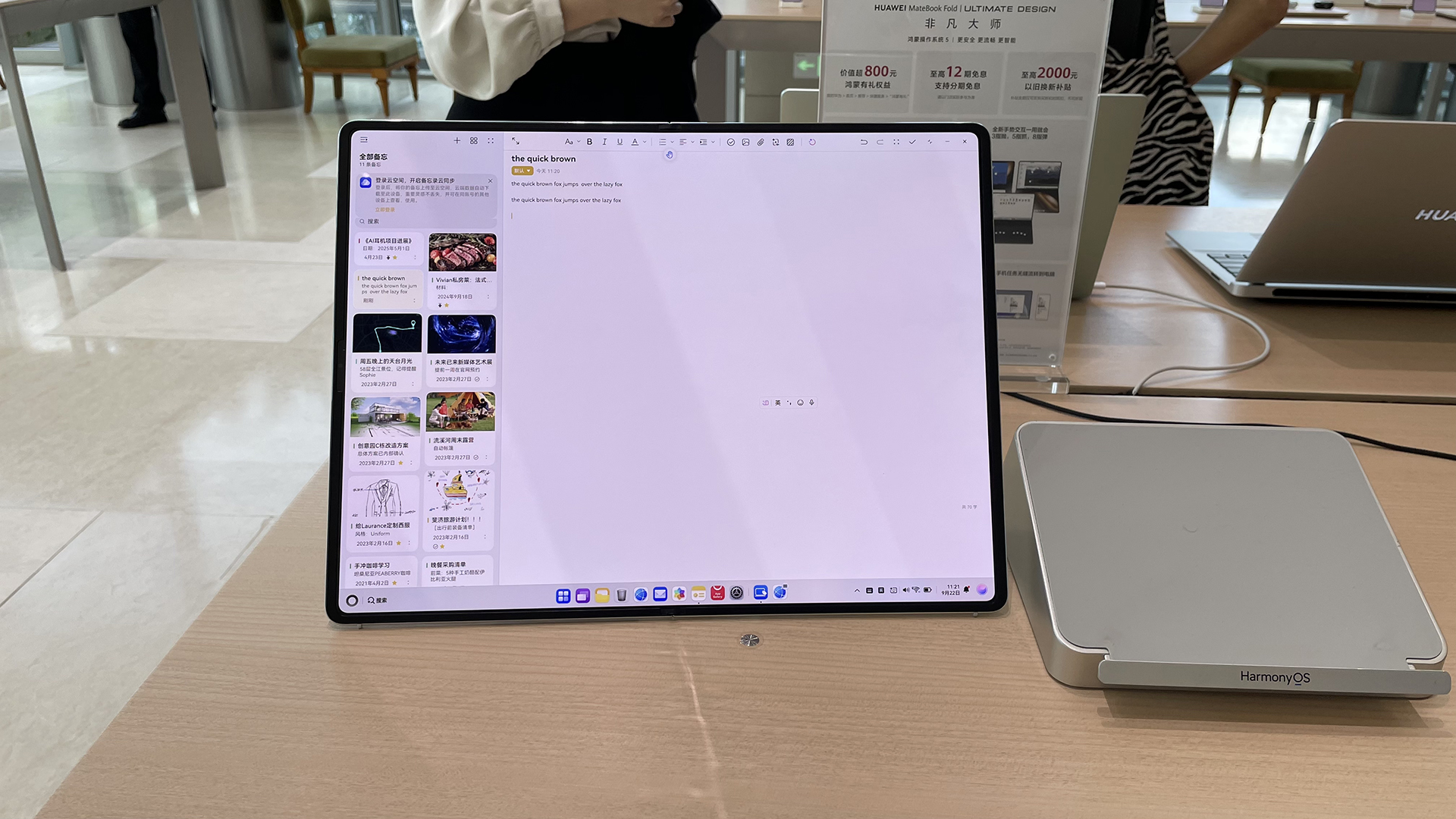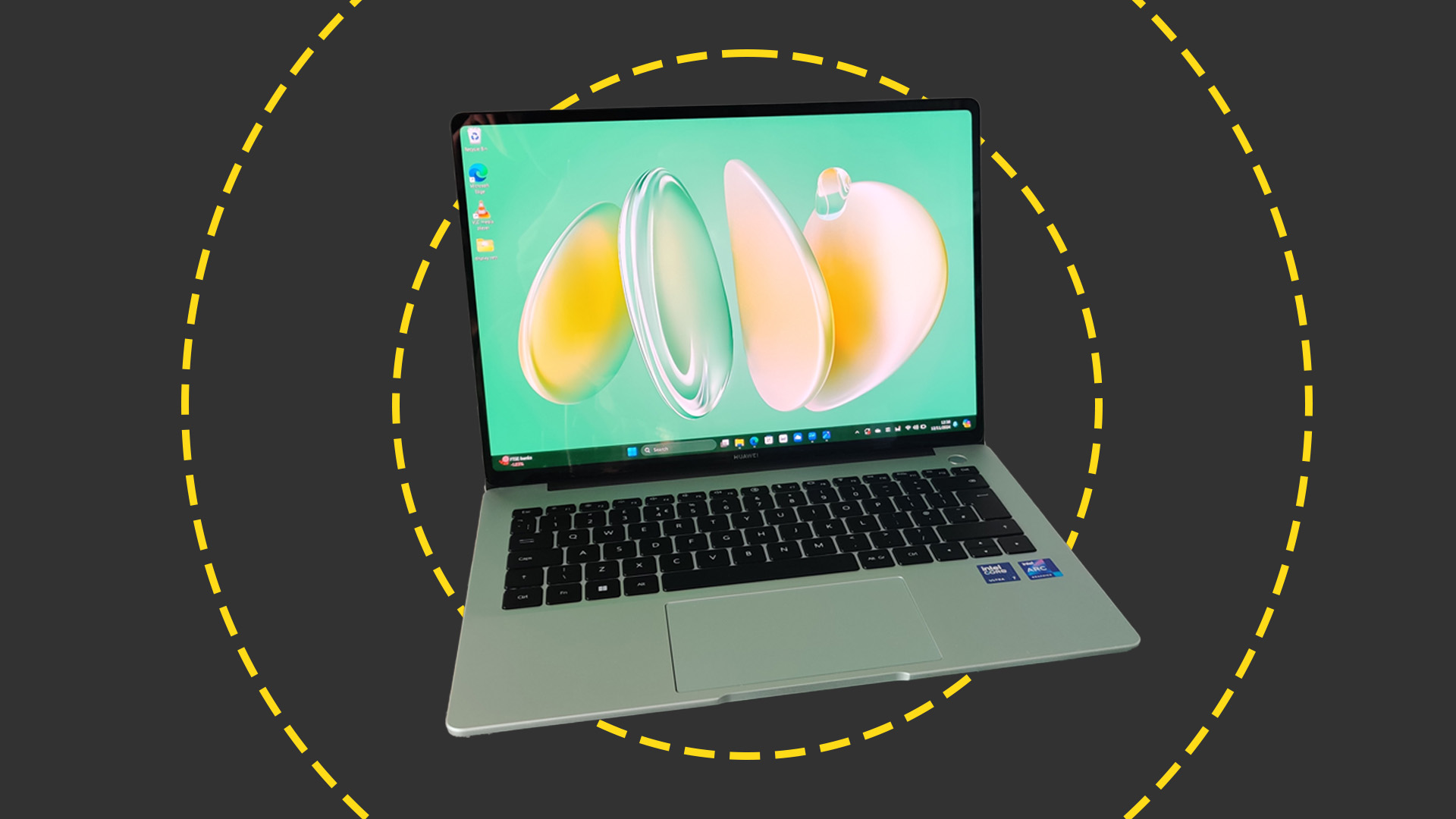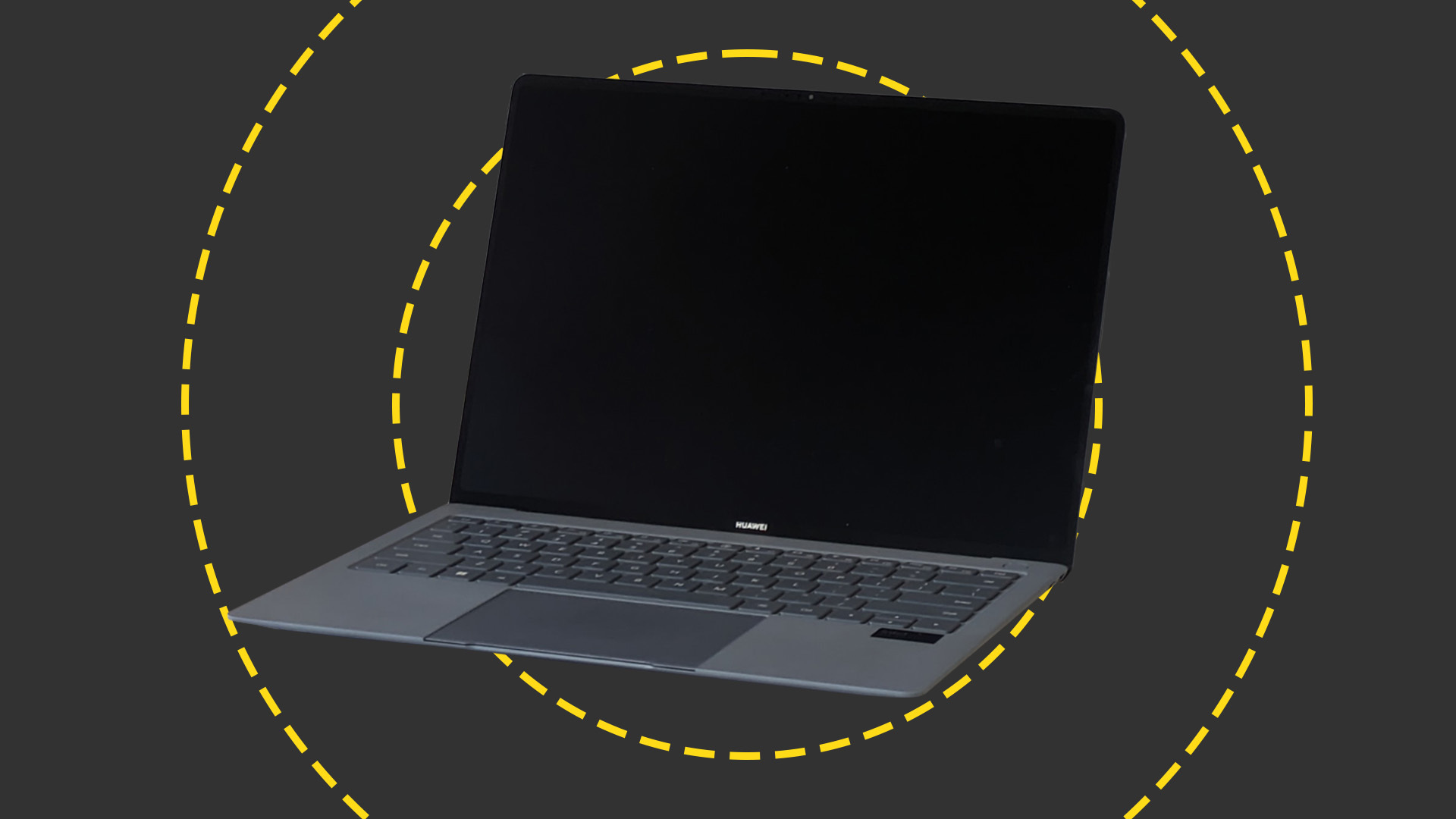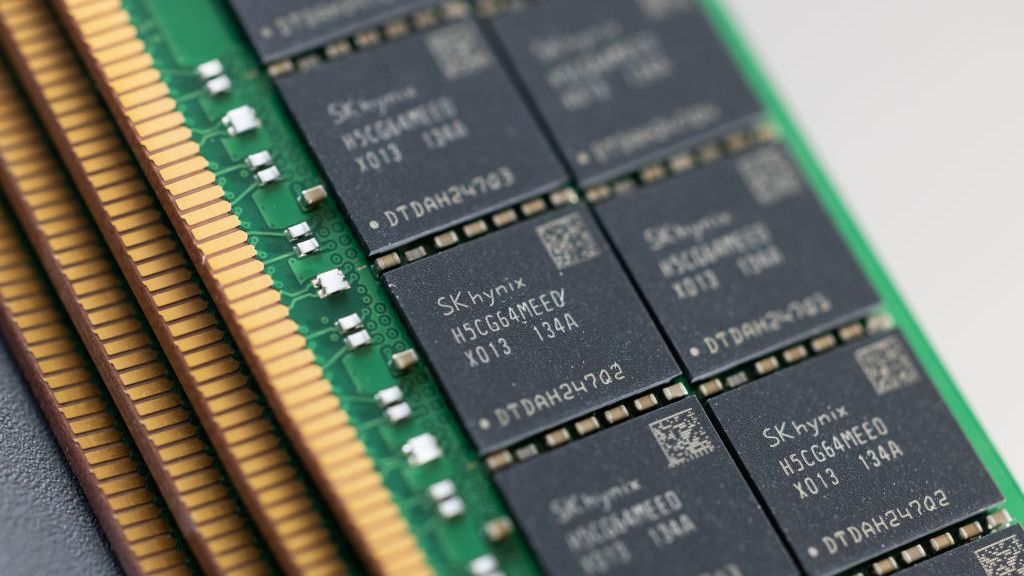New Huawei Mate 50 phone can link up with Chinese satellite system
This makes it the first smartphone maker to bring satellite communication technology to the consumer market


Huawei has designed a new smartphone that’s able to link up to the Chinese satellite system, deploying the new technology as a way to deal with US restrictions on its access to 5G technology.
The Mate 50 series, launched today, will allow smartphone users to communicate with short messages through the BeiDou navigation satellite system. This is China’s version of the Global Positioning System (GPS) developed by the US.
The Chinese company has no access to premium 5G mobile chips since it has been the target of a US crackdown, while competitors like Samsung or Apple already include this technology in their flagship devices.
“Basically, the Mate 50 series will allow users to send short messages together with location information using China's BeiDou Navigation Satellite System (BDS) for emergency uses when the telecom operator's mobile network is not available,” Arnold Gao, senior director analyst at Gartner, told IT Pro. “BDS offers a broader coverage for signals, higher reliability, and ubiquitous access compared to commercial mobile networks, which can play an important role for emergency communication in disaster senses, in the desert, at sea.”
Gao added that by launching this new service, Huawei has become the first smartphone maker to bring satellite communication technology to the consumer market prior to Apple.
RELATED RESOURCE

Fit-for-purpose IT infrastructure for digitally determined organisations
Your innovation engine: Guiding organisations through change in the new digital economy
“However, the ‘ground-breaking’ part is more on the satellite side as the global short message communication service offered by BDS is not available from other global navigation satellite systems such as GPS or GLONASS,” underlined Gao.
The Huawei Mate 50 includes a 6.7-inch OLED panel with 2,700 x 1,224 resolution, 90Hz refresh rate, 300Hz touch sampling rate, and 1440Hz PWM dimming, according to Huawei Central. It also has a triple camera system including a 13MP ultra wide-angle camera and a 50MP main camera.
Sign up today and you will receive a free copy of our Future Focus 2025 report - the leading guidance on AI, cybersecurity and other IT challenges as per 700+ senior executives
The device comes in five colours including blue, orange, silver, black, or purple, and has plain leather or glass-back variants.
The company confirmed in August last year that its flagship phone, the P50, was set to ship without 5G support. Huawei blamed the decision on ongoing trade restrictions placed on the company by the US. The P50 handsets were only going to support 4G and run on Qualcomm’s Snapdragon 888 4G chipset, although the Pro version would use the company’s own Kirin 9000 processor.
Zach Marzouk is a former ITPro, CloudPro, and ChannelPro staff writer, covering topics like security, privacy, worker rights, and startups, primarily in the Asia Pacific and the US regions. Zach joined ITPro in 2017 where he was introduced to the world of B2B technology as a junior staff writer, before he returned to Argentina in 2018, working in communications and as a copywriter. In 2021, he made his way back to ITPro as a staff writer during the pandemic, before joining the world of freelance in 2022.
-
 What the fragmentation of UC means for the channel
What the fragmentation of UC means for the channelIndustry Insights If communications are becoming fragmented, what does that mean for MSPs and VARs?
-
 How SMBs can DIY their IT implementation and support
How SMBs can DIY their IT implementation and supportFeature For some small and medium-sized businesses, the third-party expertise and support might be out of reach. What’s the alternative?
-
 The Huawei MateBook Fold Ultimate Edition is a unique take on what it means to be a laptop – but good luck getting it outside of China
The Huawei MateBook Fold Ultimate Edition is a unique take on what it means to be a laptop – but good luck getting it outside of ChinaReviews This laptop-tablet hybrid offers business travellers a lightweight alternative to the standard fare – but there's a catch
-
 The Huawei MatePad Pro 13.2 PaperMatte edition is an illustration powerhouse – but you'll have to put up with an awkward keyboard and its Google-free OS
The Huawei MatePad Pro 13.2 PaperMatte edition is an illustration powerhouse – but you'll have to put up with an awkward keyboard and its Google-free OSReviews No Google, an awkward keyboard, and an AI-heavy camera are the only issues with Huawei's beautiful MatePad Pro
-
 Huawei MateBook 14 (2024) review: A solid all-rounder with a stunning display
Huawei MateBook 14 (2024) review: A solid all-rounder with a stunning displayReviews An attractive, well-rounded device with a spectacular OLED display, but newer ARM-based Windows laptops offer that little bit more
-
 Huawei MateBook X Pro (2024): Executive elegance with the performance to match
Huawei MateBook X Pro (2024): Executive elegance with the performance to matchReviews An elegant Windows machine that can do it all and looks good doing it, with a display that will keep you coming back
-
 MSG giant Ajinomoto's chipmaking foray helps break financial records
MSG giant Ajinomoto's chipmaking foray helps break financial recordsNews In addition to umami seasoning, the company produces a microfilm insulation used by the semiconductor industry which was repurposed from its amino acid technology
-
 US lawmakers warn Apple against using Chinese chips in next iPhone
US lawmakers warn Apple against using Chinese chips in next iPhoneNews Senators ask the US director of national intelligence to investigate a Chinese chipmaker’s military ties
-
 SK Hynix splashes out $11 billion on new semiconductor plant
SK Hynix splashes out $11 billion on new semiconductor plantNews The company will produce memory chips, but will reportedly decided closer to the time whether they will be DRAM or NAND flash chips depending on market conditions
-
 Intel to produce chips for Taiwanese manufacturer MediaTek
Intel to produce chips for Taiwanese manufacturer MediaTekNews The agreement comes after the US chip company managed to secure deals with Amazon and Qualcomm last year
